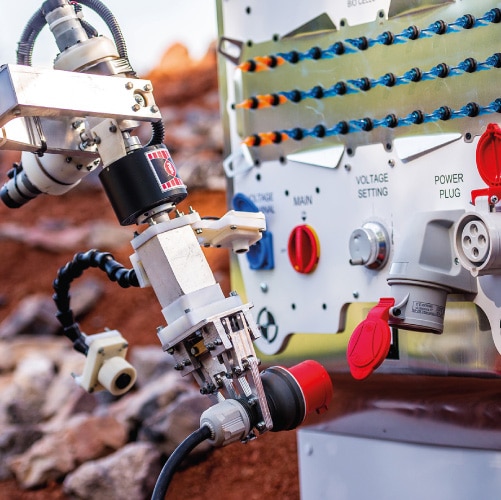The European Rover Challenge is the largest international robotics and space competition in Europe. University teams from around the world build their own Martian robots and then compete in competitions similar to the tasks performed by rovers on the surfaces of Mars and the Moon.
Participation in the ERC competition is a unique opportunity for each competitor to improve their own competencies and present their skills to representatives of the world of science and business, the new-tech sector and the general public. The new, hybrid ERC formula enables all willing teams to take part in the competition, regardless of where they are on the globe during the game. Remote control of robots equalizes the chances of all participants and brings the course of the competition even closer to the actual working conditions of NASA or ESA teams. Through a specially designed virtual platform, imitating the world’s largest artificial Martian track in the smallest details, the teams will have to create the appropriate algorithms and program the robot to compete in field competitions. During ERC2021, the teams will compete in the ON-SITE (stationary) and REMOTE (remote) formulas.
The main prize in the ON-SITE formula is a 2500 USD voucher. The sponsor of the award is Astronika.
The main prize in the REMOTE formula is a 1250 USD voucher. The sponsor of the award is GMV.
|
|
|
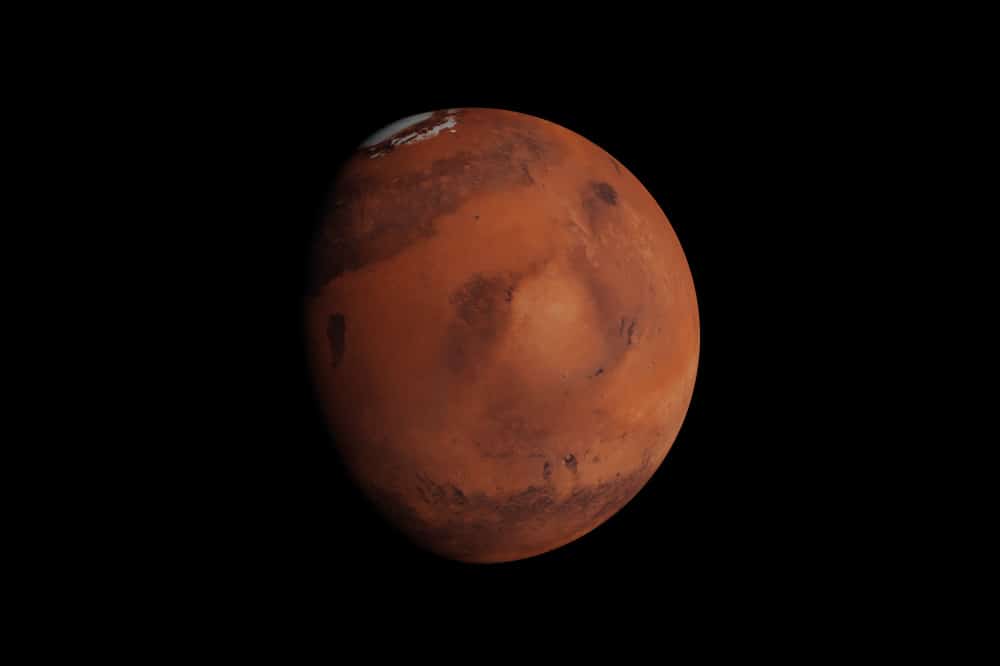 |
SCIENCE task The SCIENCE task is the same in both formulas. In the beginning, the players analyze the terrain based on the data from the drone. A month before the competition, they prepare a geological map, a brief description of the area’s history, and a detailed mission plan. The latter must contain a research hypothesis regarding the geology of the region, which can be verified by direct observation from the rover. During missions, teams are tasked with making their own plan and unraveling the mystery they set before each other. |
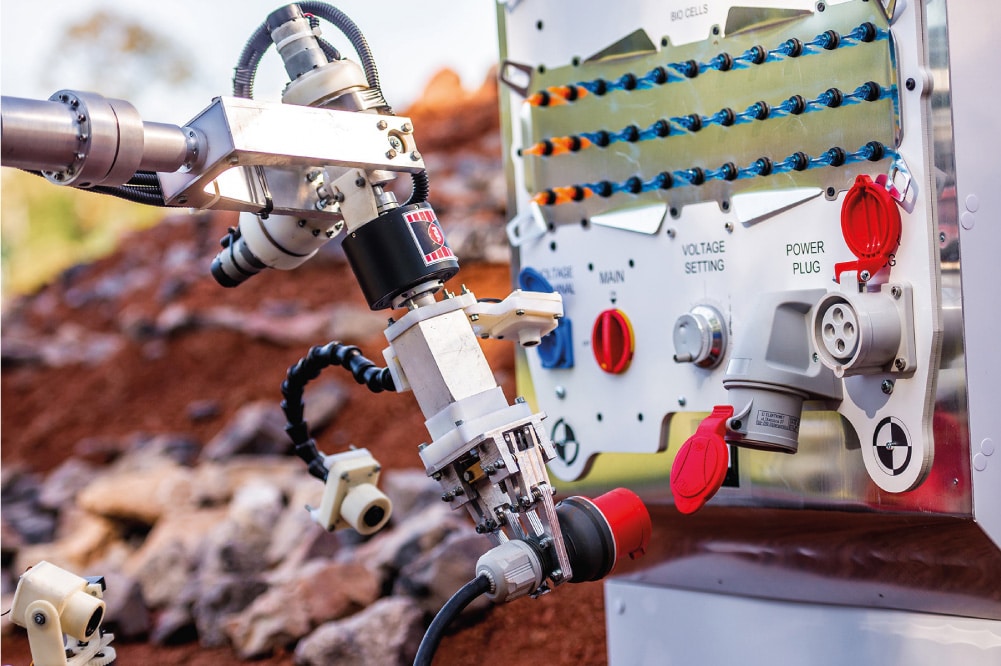 |
MAINTENANCE task In the MAINTENANCE task, teams use the rover’s manipulator to perform precise tasks at a special panel. One of the challenges is, for example, setting the switches to the required position and measuring the electrical parameters. Competitors taking part in the remote formula connect via the Internet with a dedicated robotic arm, which they operate using their own software. |
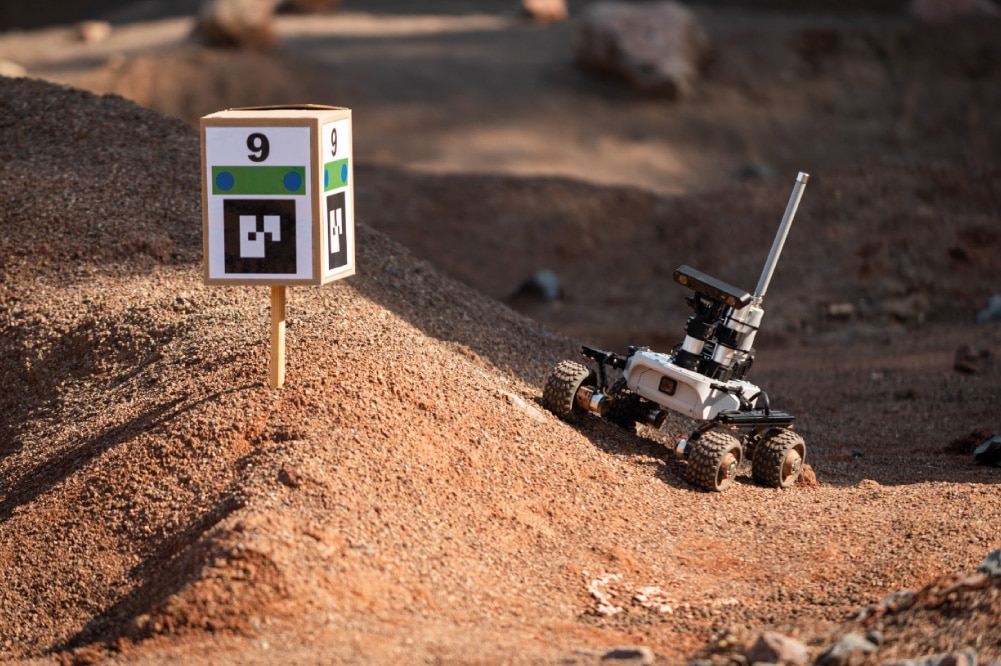 |
NAVIGATION task The main goal of the task in the ON-SITE formula is to demonstrate the ability of the robot to partially or fully autonomously drive through all the checkpoints. The competitors see and analyze the terrain only with the use of cameras and sensors placed on the rover. In the REMOTE formula, the goal is to safely guide the Leo Rover through the Mars Yard, visit all checkpoints and deliver the appropriate probes to them. Teams connect to the rover via the Internet. |
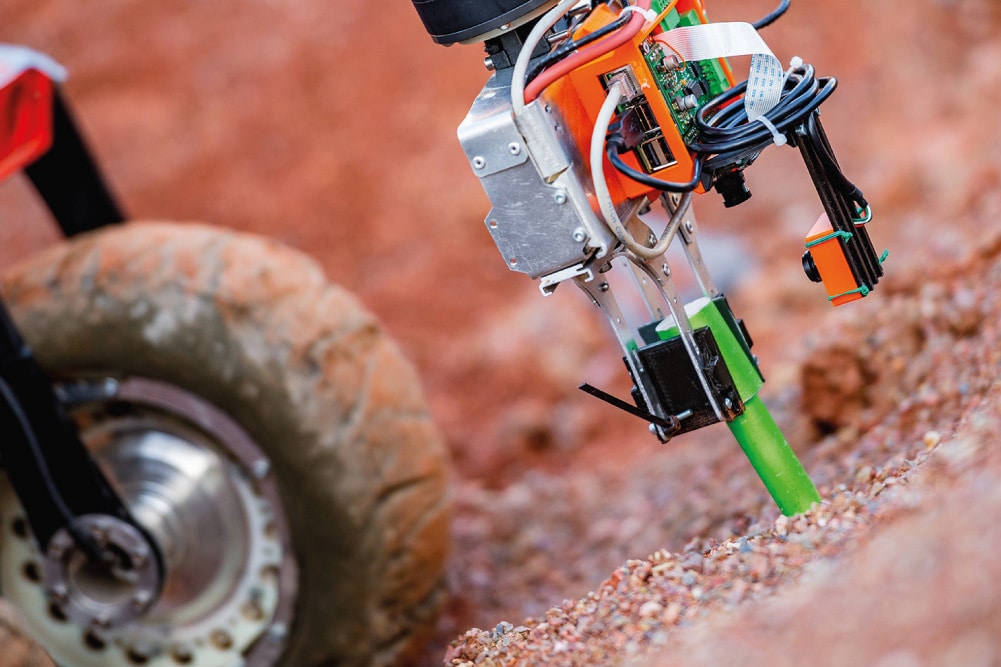 |
PROBING task This task takes place only in the ON-SITE formula. Its purpose is to demonstrate the rover’s ability to collect and transfer samples from the cache to locations selected by teams in a scientific task. The players’ mission is to reach the places marked on the map, take the probes from the container on the rover board and place them in specific locations. Riders may only use cameras and sensors placed on the rover for observation. |
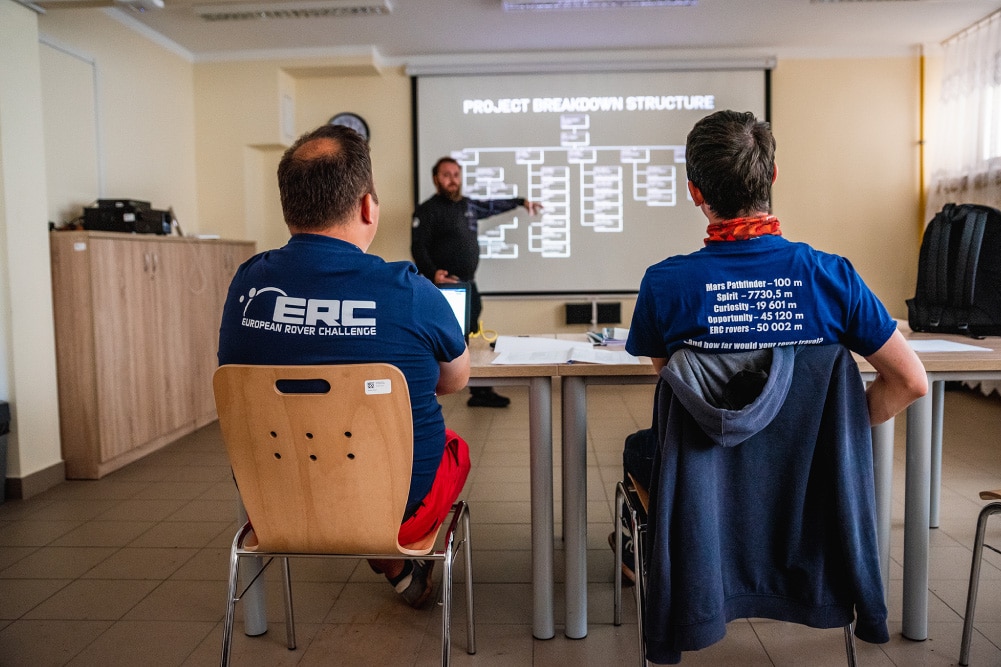 |
PRESENTATION task It is a task where teams join the judges of the competition and sum up the project. They present the technical solutions used in the rover (ON-SITE formula) and explain the decisions made during the control software development (both formulas). During the presentation, the players describe what problems they had to face and how it influenced their cooperation. |

